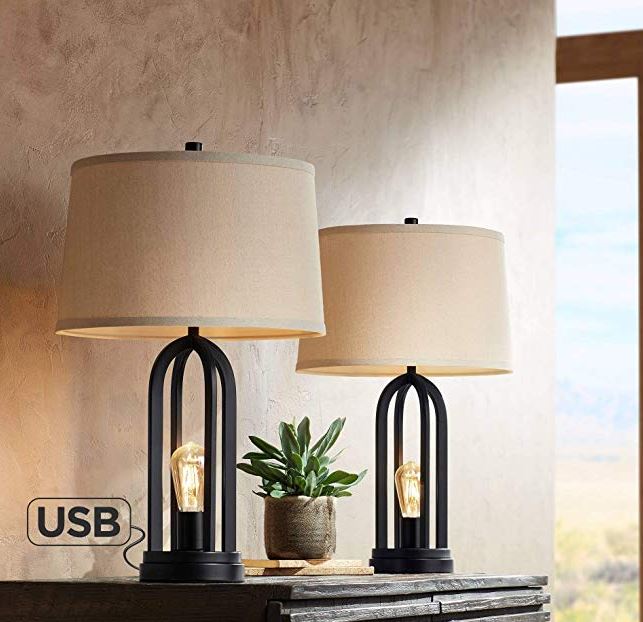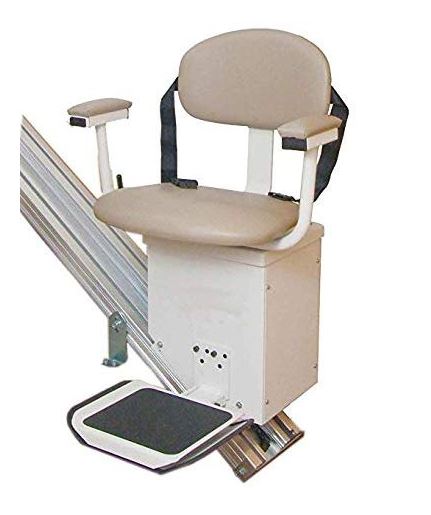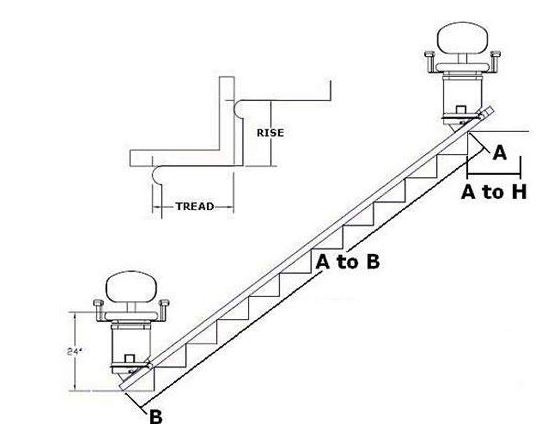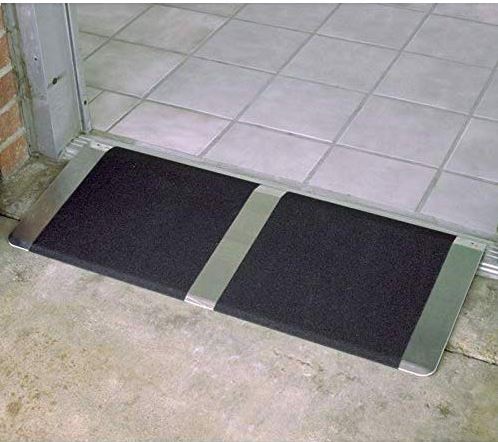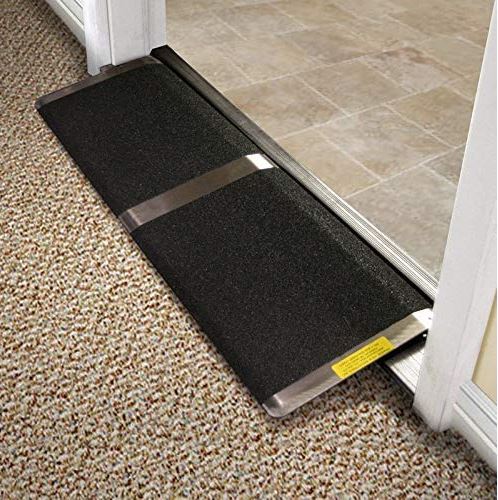Maintaining your home exterior can become increasingly burdensome as you age. You should make improvements to increase the safety and the ease of navigating outdoors and help you get into or out of your home.
Entrances
Several aspects of getting in and out of your home can become more difficult as you age. Preparing now will alleviate common problems, such as being unable to climb or descend steps or raised entries, needing to allow access by a wheelchair or walker, and preventing slipping and tripping accidents caused by improper access.
Exterior doorways should be 36 inches wide. This will allow you to enter your home, whether walking, using a cane or walker, or using a wheelchair. The minimum width that a wheelchair can pass through is 32 inches. If your opening cannot be resized, you may want to try using offset door hinges. This type of hinge can increase the clearance of a narrower door. Install a lever door handle on the door and a key-less lock system. Entryway flooring should be slip resistant.
A shelf or seat by the door provides a place to set packages while you find keys and open the door. This will prevent falls at the main entrance, as trying to open a door with packages in your arms might cause a fall on entrances with a step.
As your range of motion declines, lifting your legs up and over a traditional threshold may become more difficult. Modifying the height of the threshold (step up) at the main doorway to be no more than a three inches is best. Any steps should have a texture surface applied to them to prevent slipping. If you have multiple steps, you may want to install a ramp for easier access and a handrail on both sides of the steps, or provide a space for a ramp to be installed later if needed. If you install a ramp, it should slope gently, provide plenty room for walking and turning, and have handrails on each side.
Depending on the elevation of the ground at each entrance, you may need to limit the doors by which you enter or exit your home to those that allow easy access and passage.
The sidewalk leading to each of your entryways should be a minimum of 36″ wide and should not be overly steep. If a sidewalk can become slippery or is uneven in places, consider having a textured surface applied to it. Cracked and/or uneven sidewalks can be major tripping hazards. You should also keep shrubs, bushes and trees cut back on both sides of sidewalks and steps. You may want to install an overhang or canopy to cover the main entrance.
You should install adequate lighting to help illuminate walkways, assist with identifying obstacles, and reduce the risk of falling. Be sure there is a light by the entrance door, preferably one with an electric eye that turns on the light automatically. Install lighting along pathways and security lighting on every corner of the house and other areas of concern. An electrical contractor can help you with ideas on how to improve exterior lighting and safety.
Exterior Maintenance
Having a low-maintenance exterior construction (vinyl, brick) on your home helps to minimize needed upkeep. Having low-maintenance landscaping reduces the amount of work required as well as your expense if you turn maintenance over to a company. Remove landscaping and yard accents that increase maintenance needs.
Make sure your roof is in good repair. Water damage from a leaking roof can create serious issues to both the inside and outside of your home. Aside from damage to ceilings, walls and floors, damp areas can become moldy, and puddles could cause you to slip.
Below is a sampling of home exterior products and equipment that are designed to help you age in place for a longer period of time. Click on the links to find out more information, see other products selections, and if you like, to make a purchase from one of our providers.


 Personal Development Goals
Personal Development Goals
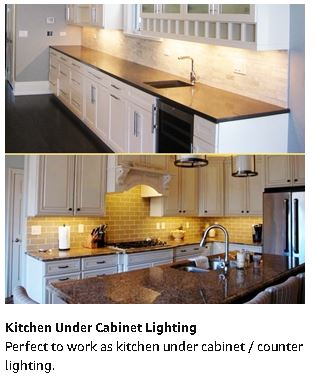
 Bedrooms Designed for Aging in Place
Bedrooms Designed for Aging in Place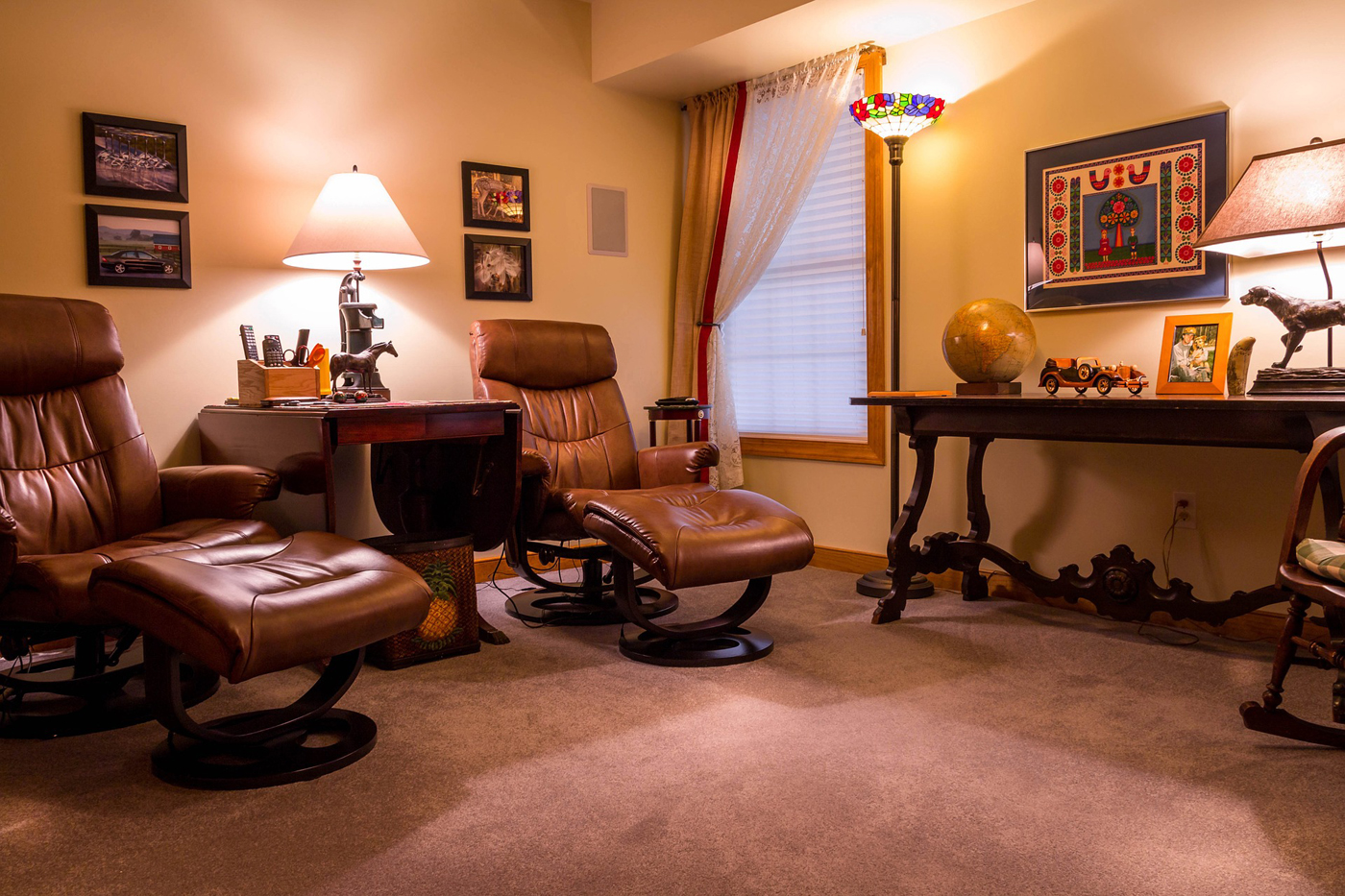 Furniture
Furniture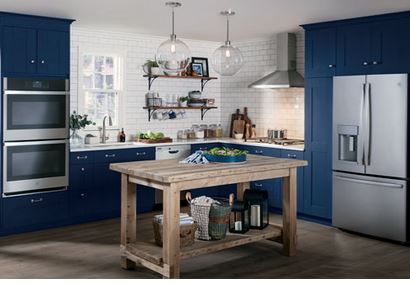 Kitchens Designed for Aging in Place
Kitchens Designed for Aging in Place Lighting and Light Switches
Lighting and Light Switches
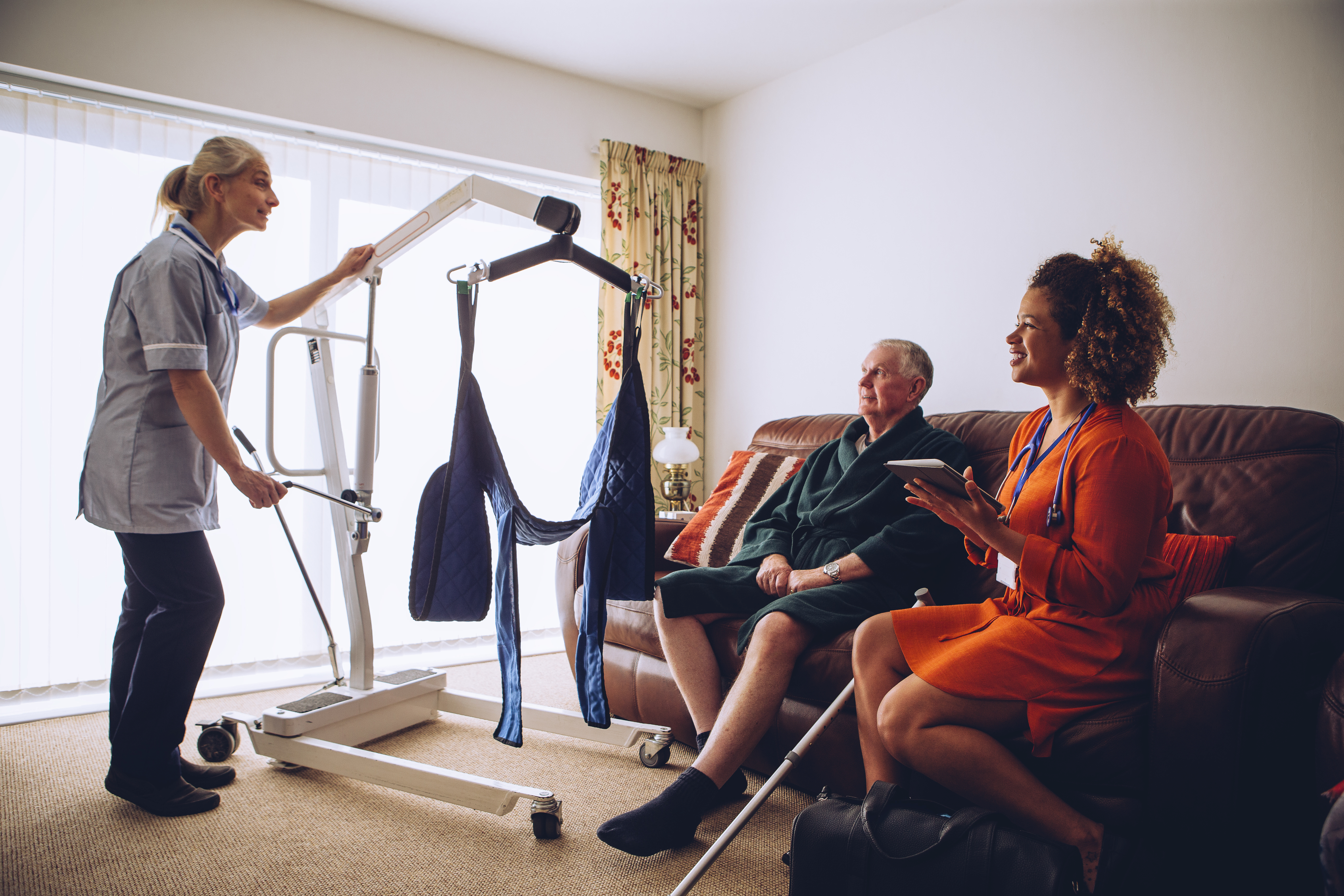 Assisting With Functional Mobility
Assisting With Functional Mobility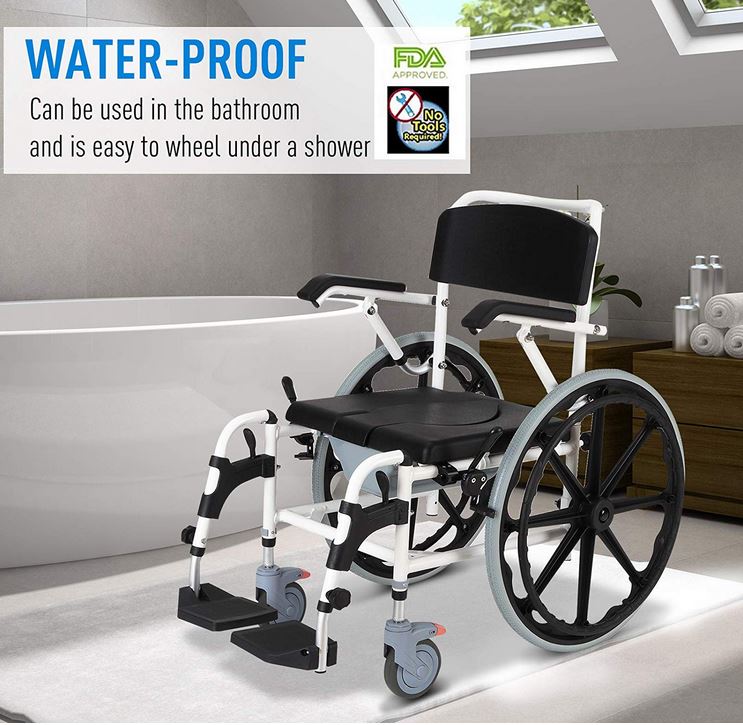 Bath and Shower Mobility Aids
Bath and Shower Mobility Aids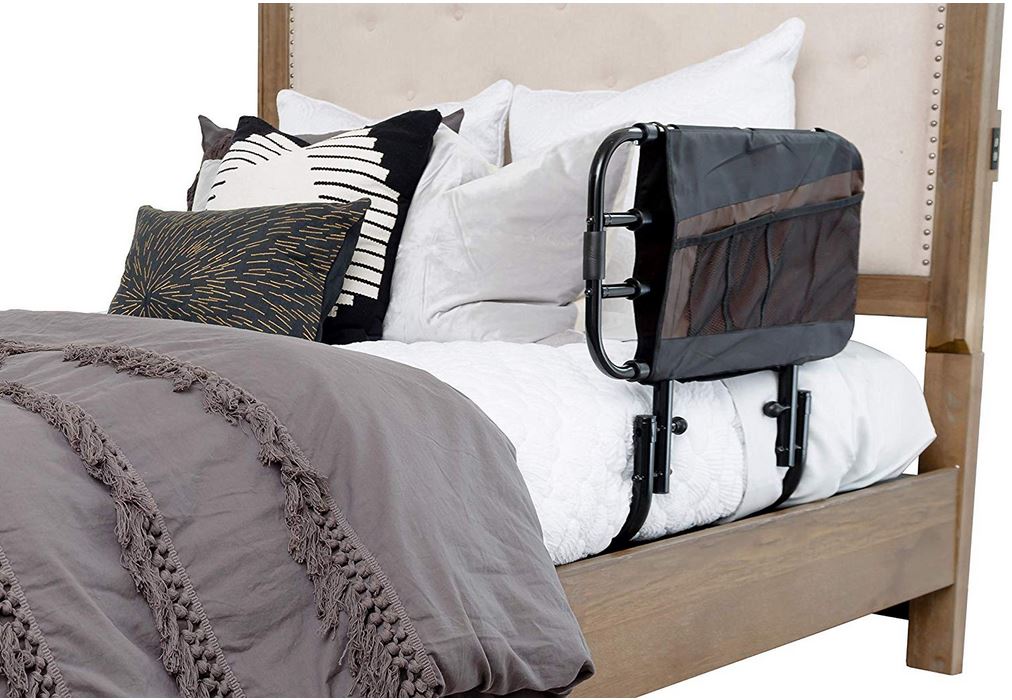 Bedroom Mobility Aids
Bedroom Mobility Aids Assisting with Personal Grooming and Hygiene
Assisting with Personal Grooming and Hygiene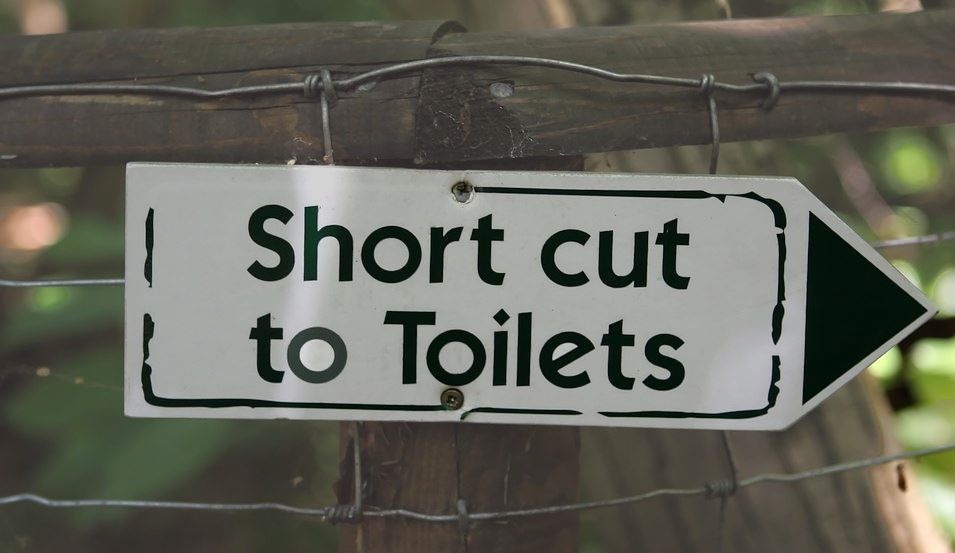 Caring for Someone With Incontinence
Caring for Someone With Incontinence Helping People To Cope with Alzheimer’s and Dementia
Helping People To Cope with Alzheimer’s and Dementia Helping With Bill Paying
Helping With Bill Paying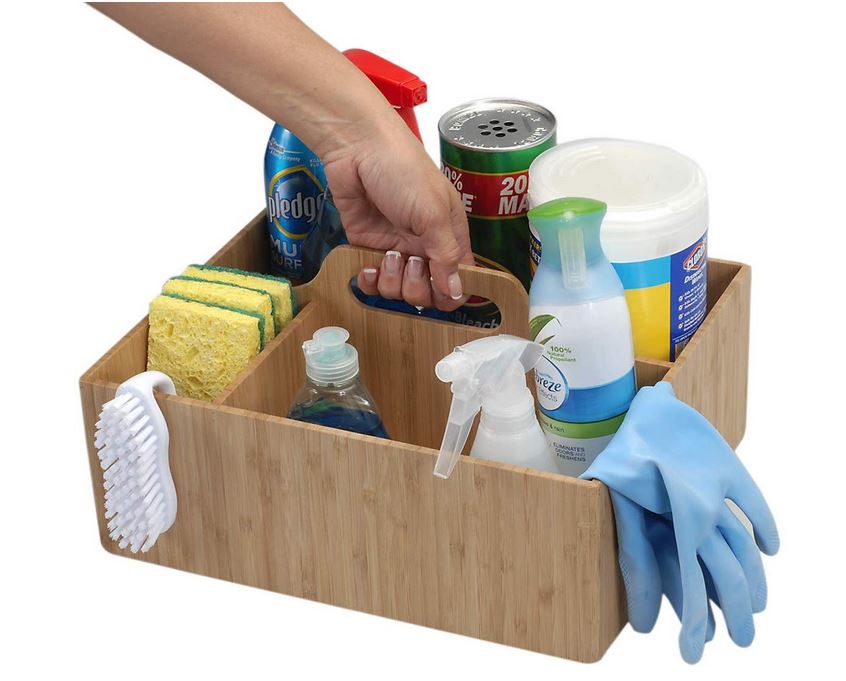 Home Cleaning Services
Home Cleaning Services Offering Companionship
Offering Companionship Providing Medication Reminders
Providing Medication Reminders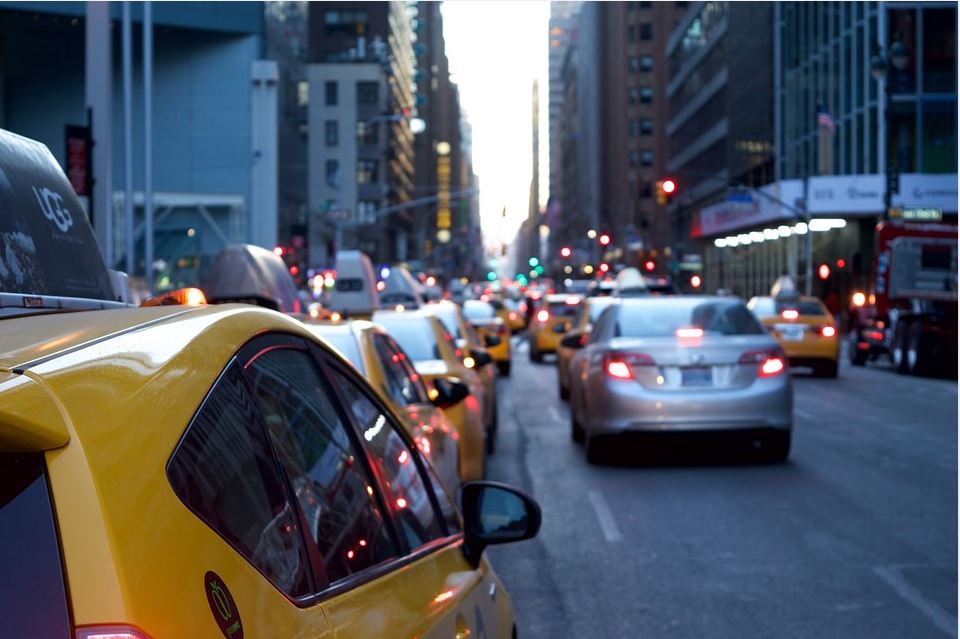 Providing Transportation
Providing Transportation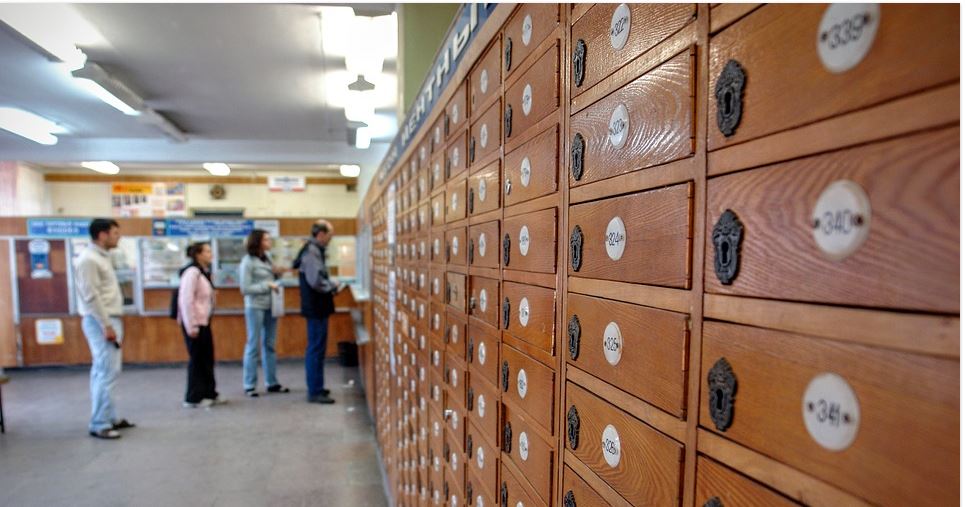 Running Errands
Running Errands
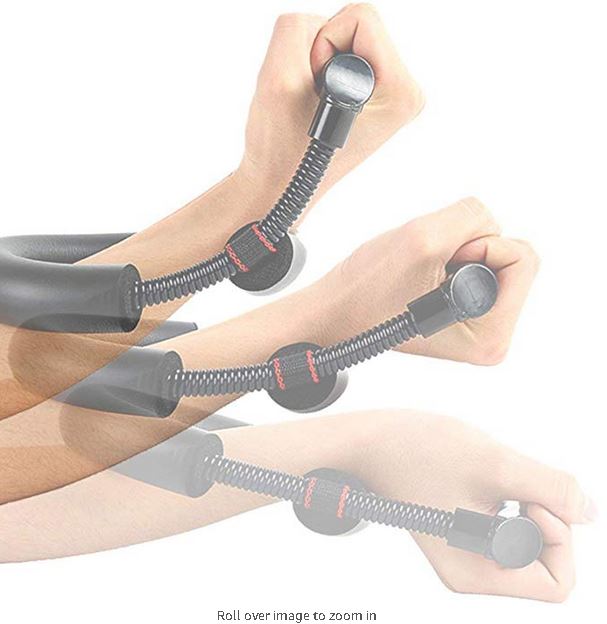
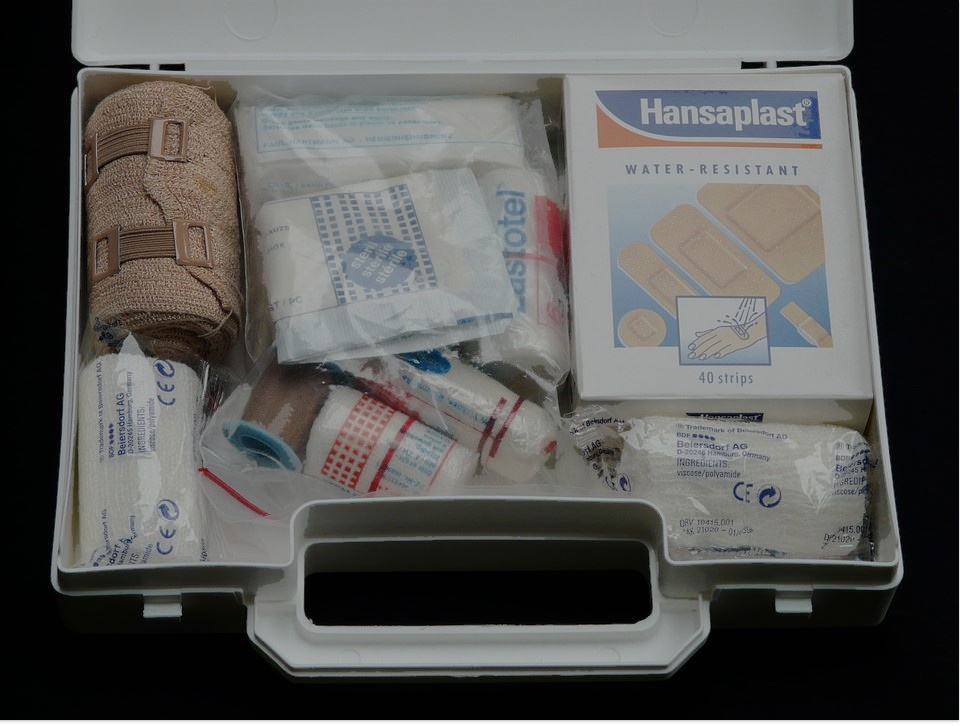 Burn Care
Burn Care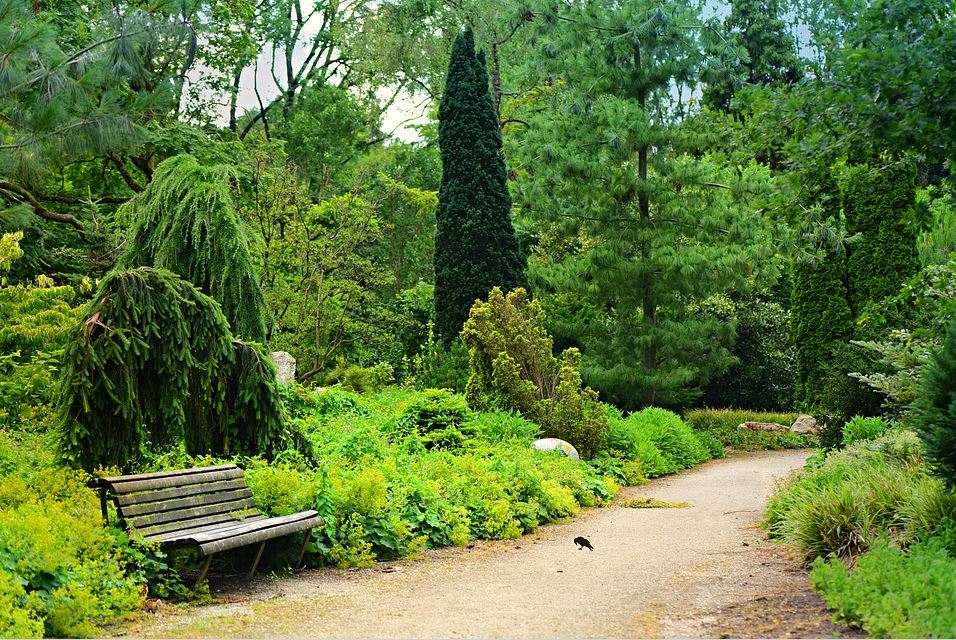 Mental Health Rehabilitaion
Mental Health Rehabilitaion
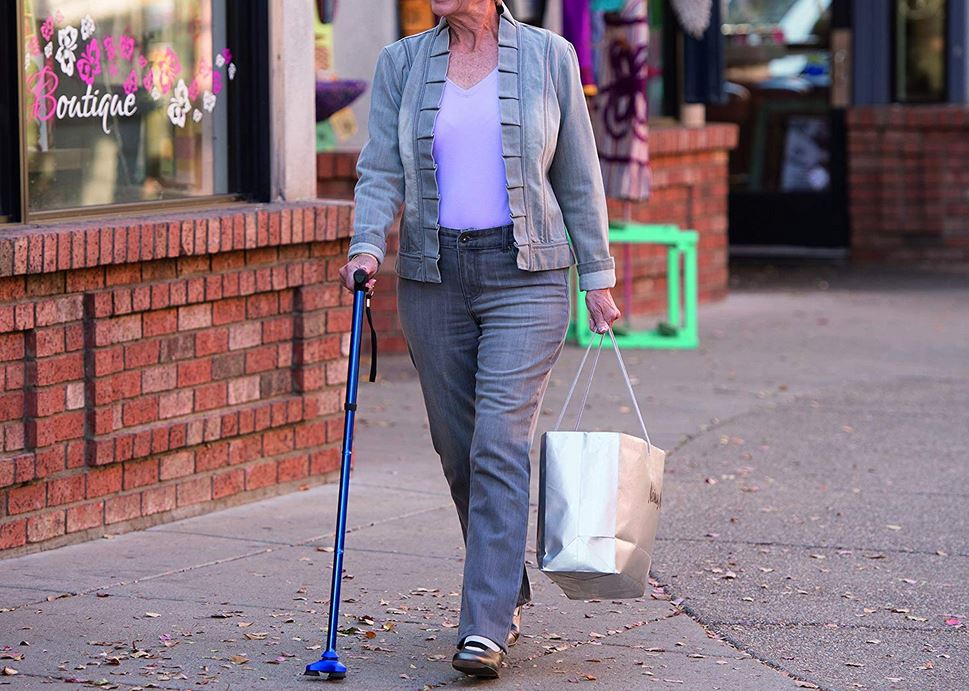 Canes
Canes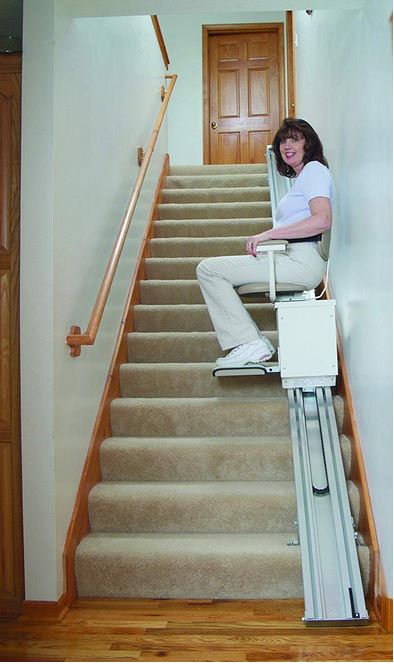 Chair Lifts / Stair Lifts
Chair Lifts / Stair Lifts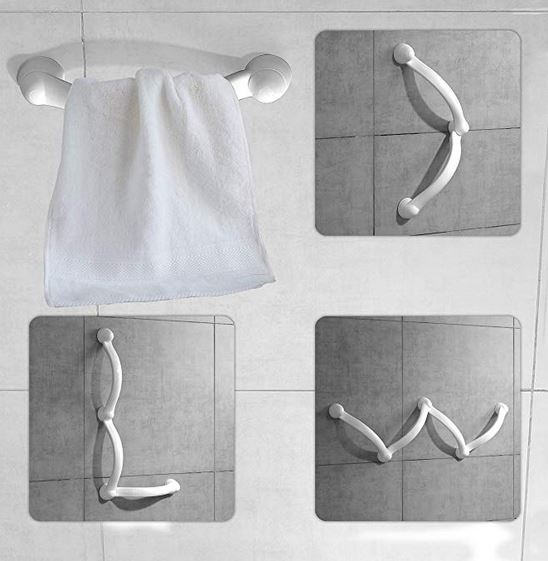 Grab Bars
Grab Bars Knee Scooters / Knee Walkers
Knee Scooters / Knee Walkers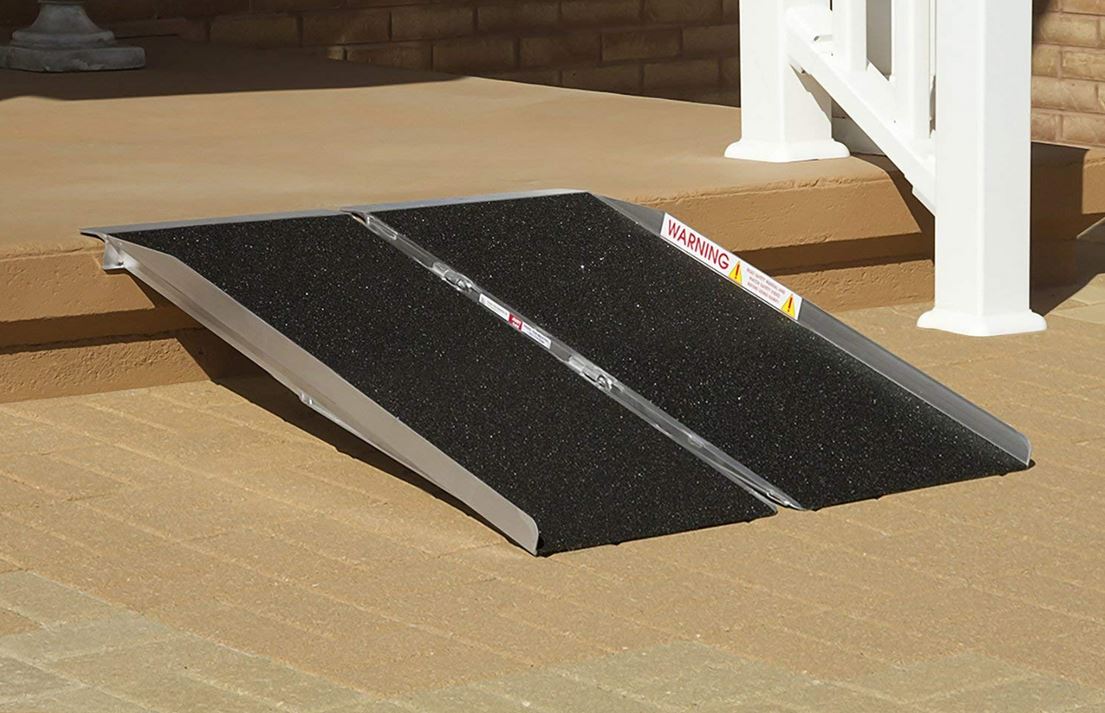 Ramps
Ramps Scooters
Scooters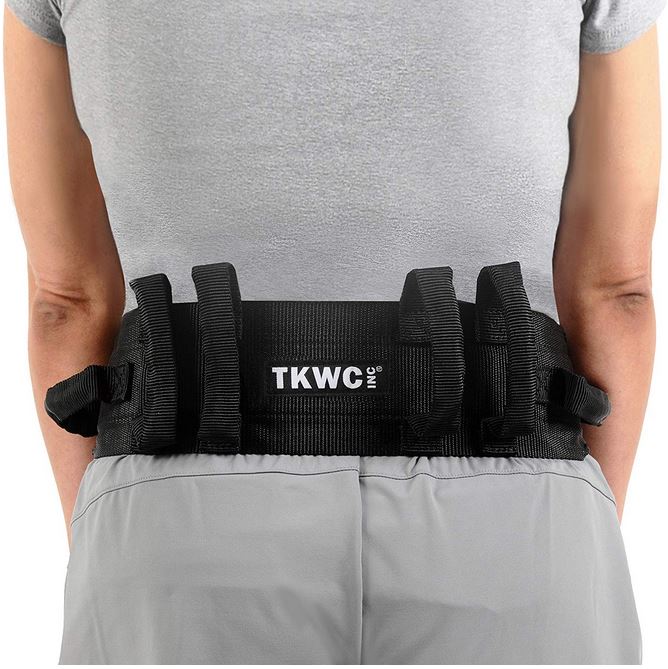 Transfer belts / pads / equipment
Transfer belts / pads / equipment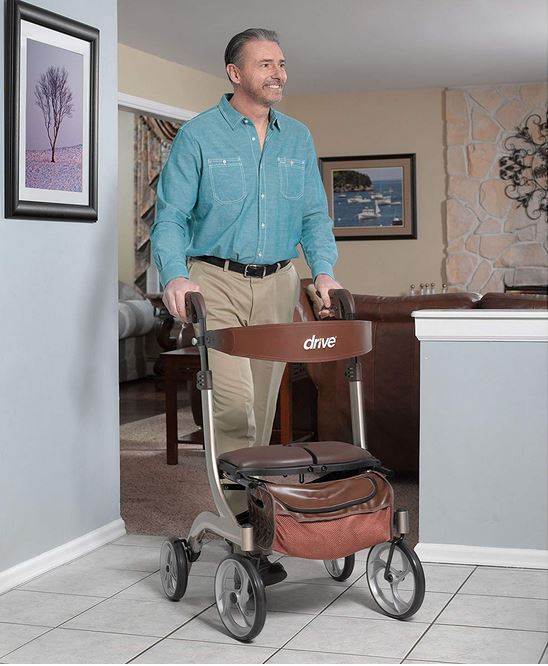 Walkers and Rollaters
Walkers and Rollaters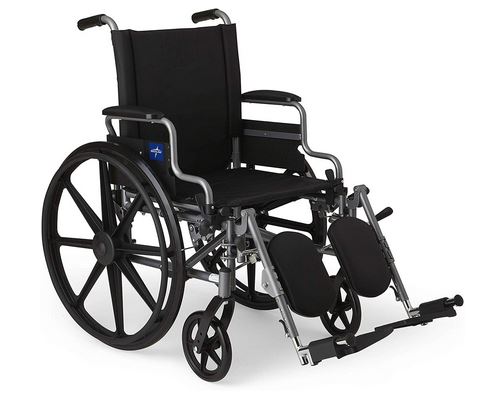 Wheelchairs and Mobile Chairs
Wheelchairs and Mobile Chairs
 Accounting and Tax
Accounting and Tax Books-Seminars-Courses
Books-Seminars-Courses
 ASSISTED LIVING
ASSISTED LIVING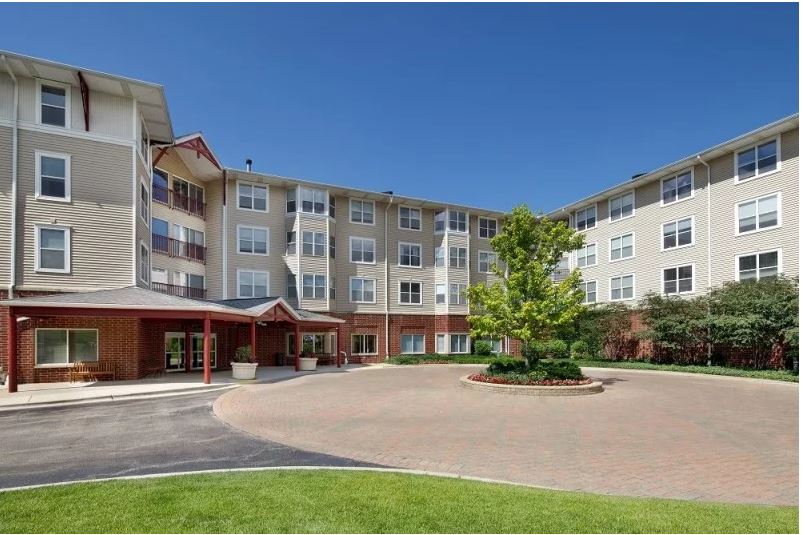 Assisted Living Facilities
Assisted Living Facilities Cohousing Communities
Cohousing Communities Manufactured Housing Communities
Manufactured Housing Communities Naturally Occurring Retirement Communities (NORCs)
Naturally Occurring Retirement Communities (NORCs) Personal Residence LIving Independetly
Personal Residence LIving Independetly Accessory Dwelling Units
Accessory Dwelling Units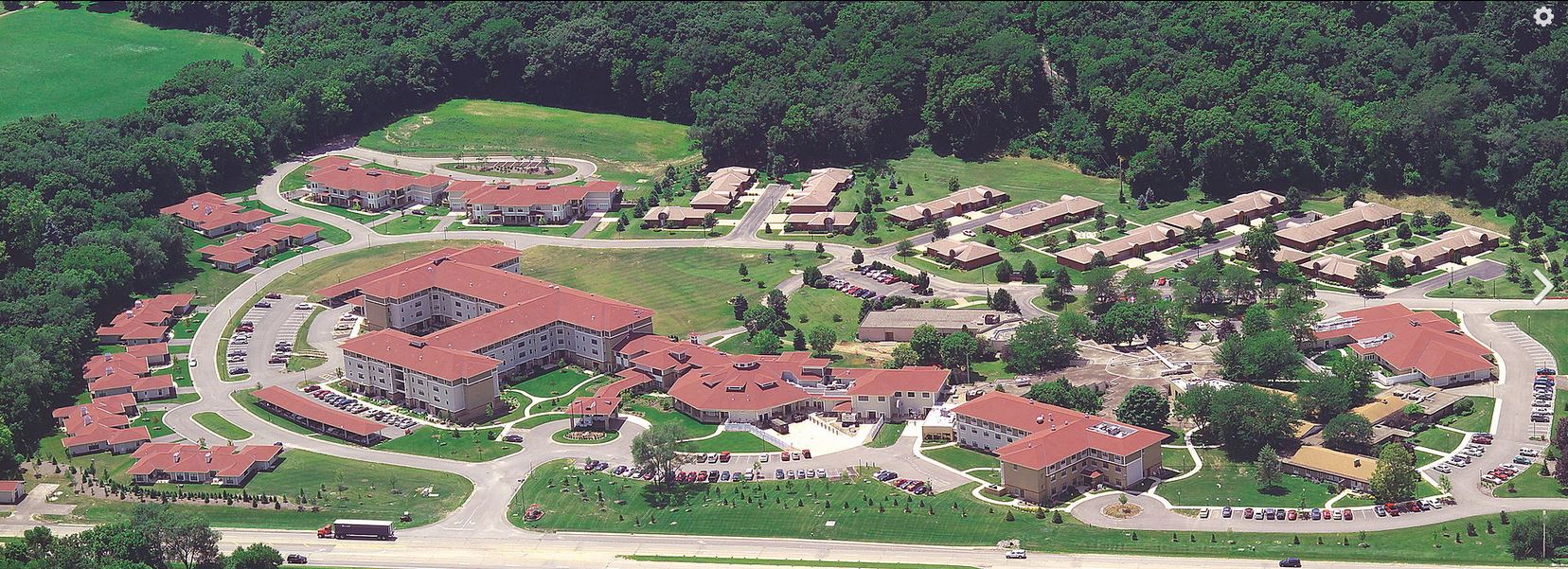 Continuing Care Retirement Communities
Continuing Care Retirement Communities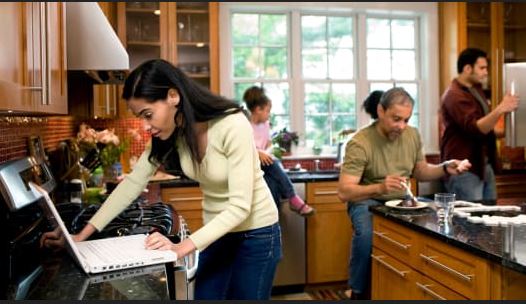 Multigenerational Households
Multigenerational Households